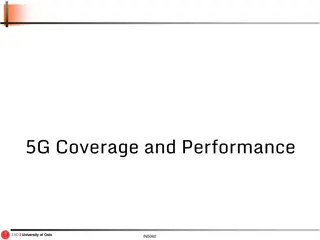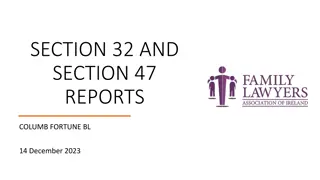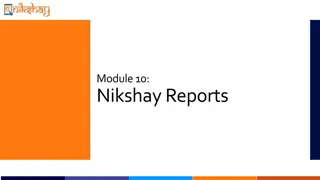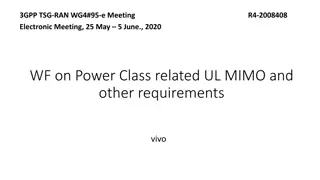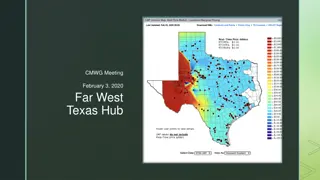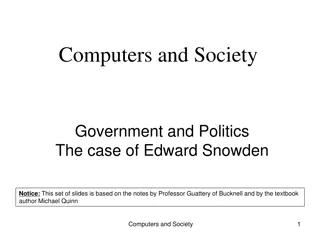
Enhancing Understanding of NPRR951 Constraints Reports
Learn about the updates made to the NSA Constraints Reports including the addition of MVA ratings, potential issues identified, MVA to MW conversion examples, violation percentage analysis, and clarification of column headings. Gain insights into how these changes impact the reporting process.
Download Presentation

Please find below an Image/Link to download the presentation.
The content on the website is provided AS IS for your information and personal use only. It may not be sold, licensed, or shared on other websites without obtaining consent from the author. If you encounter any issues during the download, it is possible that the publisher has removed the file from their server.
You are allowed to download the files provided on this website for personal or commercial use, subject to the condition that they are used lawfully. All files are the property of their respective owners.
The content on the website is provided AS IS for your information and personal use only. It may not be sold, licensed, or shared on other websites without obtaining consent from the author.
E N D
Presentation Transcript
NSA Constraints Reports Chad Thompson, ERCOT Sr. Manager, Operations Support & Engineering CMWG Meeting December 17 2020
Background NPRR951 added MVA ratings and flows to the NSA Active and Inactive Constraints reports The reports were updated during the system release on August 7 Market Notice M-A072820-1 NPRR, issued July 28 The new values reflect the desired ask in NPRR951, but there is some ambiguity these, and other, values, which could be cleaned up 2 PUBLIC
Potential Issues 1. The SCED Rating in MW takes two things into account simultaneously MVA -> MW data conversion System Operator discount to the ratings being sent to SCED What can t be seen is how much of the enforced MW limit is due to each of these items individually. 2. The Percent Violation column doesn t specify what value that column is calculating 3. The column headings in the report do not clearly communicate the data contained within those columns 3 PUBLIC
MVA to MW Conversion Example 50 MVA Line limit with 30 MW of flow and 54 MVA of flow Loading is 54 / 50 = 108% in RTCA SCED Limit is 30 MW Operator constraining to 90% Actual SCED Limit enforced (and posted) is 27 MW The report shows: 50 MVA limit 54 MVA flow 27 MW limit 4 PUBLIC
Violation Percentage The violation percentage in the report is based on RTCA loading in MVA, not the values being enforced in SCED. While the RTCA overload percentage in MVA is valuable, so is knowing the percentage in MW, as that determines how violated the constraint is prior to SCED re-dispatching the system Using the previous example: 54 MVA flow / 50 MVA limit = 108% 30 MW flow / 27 MW limit = 111% 5 PUBLIC
Column Headings Report Column Name Data Element SCEDRatingMW Comments This includes any discount factor applied by the System Operator Added with NPRR951 For GTCs this is the VSAT / static table limit in MW RTCA -> SCED conversion of the MVA rating to a MW rating RTCA rating in MVA SCEDRatingMVA PostCTGFlowMW RTCA -> SCED conversion of the MVA flow to a MW flow RTCA flow in MVA PostCTGFlowMVA Added with NPRR951 For GTCs this is the flow in MW, and should be the same as PostCTGFlowMW Percentage of loading as indicated in RTCA PercentViolation PostCTGFlowMVA / SCEDRatingMVA 6 PUBLIC
Questions for Consideration MVA to MW Conversion Is there interest in posting just the MVA to MW conversion? Is there value in posting the conversion and system operator discount separately? Percent Violation Record Is this value clear, or is a change needed? Column Headings Is there interest in making the column headers more descriptive? Is there interest in a User Guide? 7 PUBLIC
New MIS https://mis.ercot.com/public 8 PUBLIC
New MIS Public https://mis.ercot.com/public 9 PUBLIC

